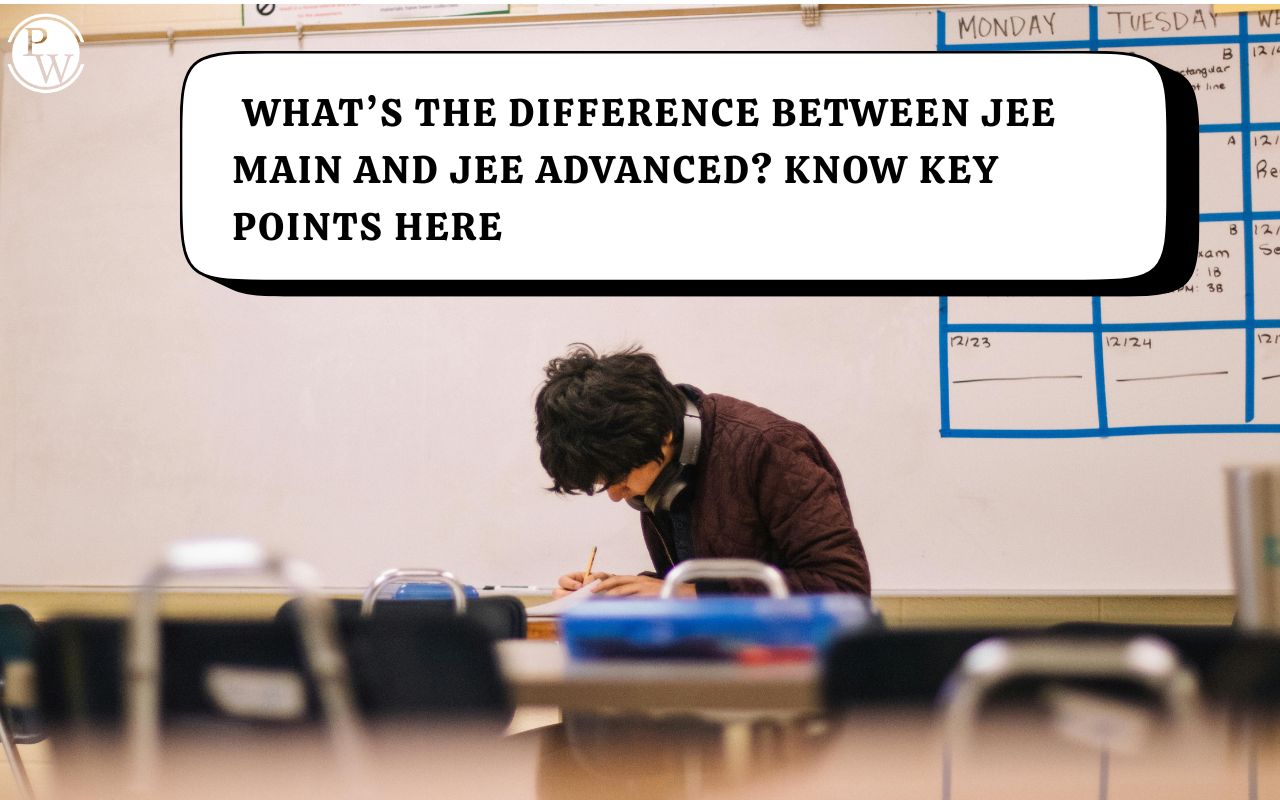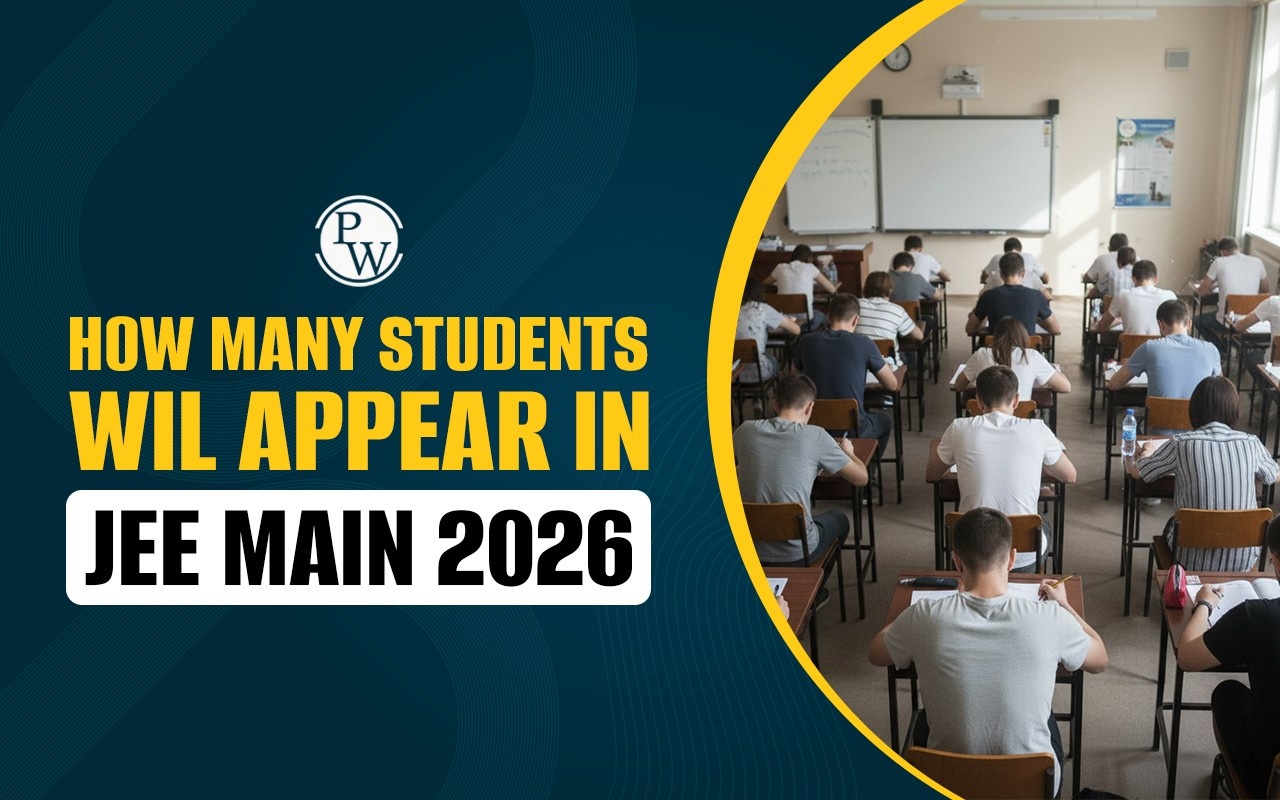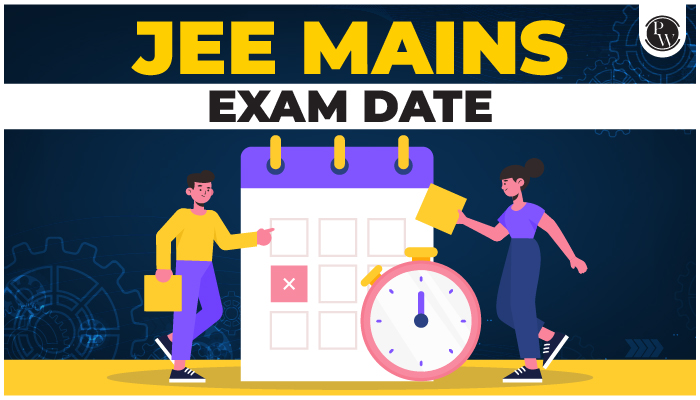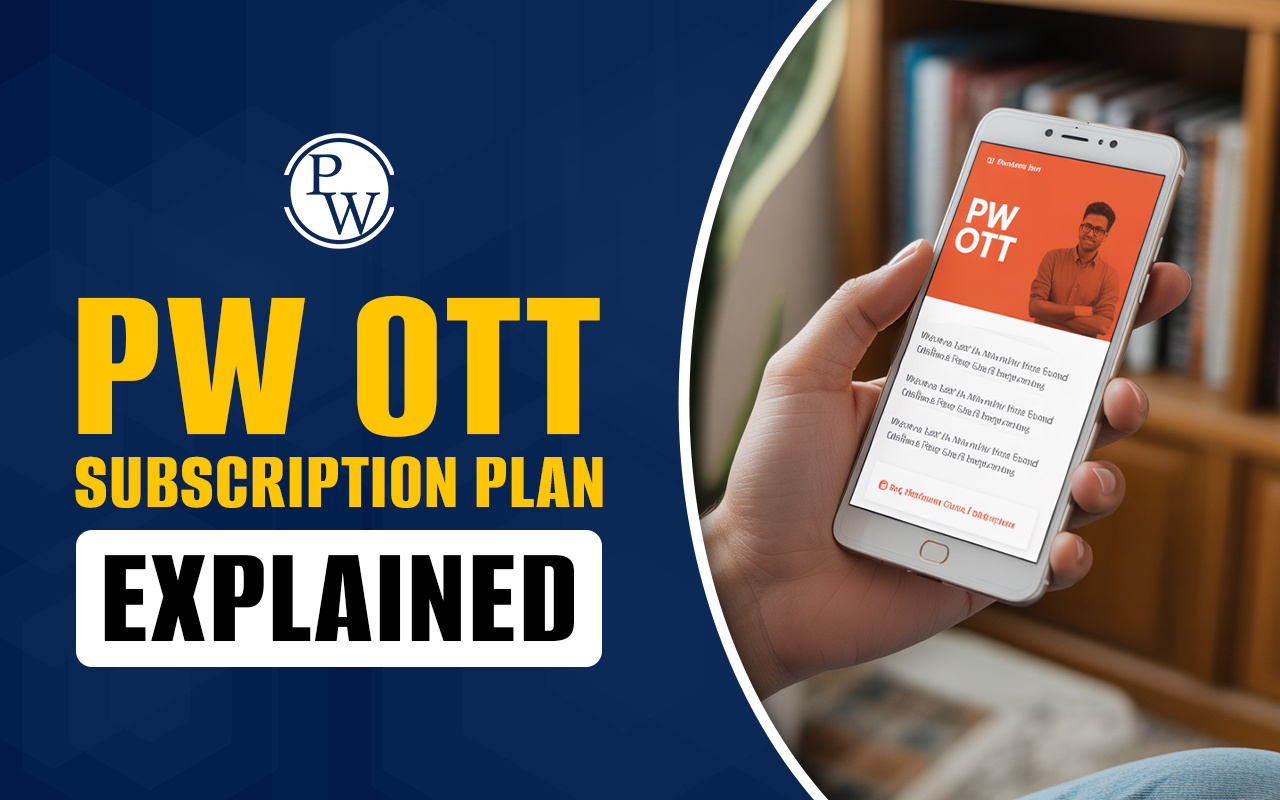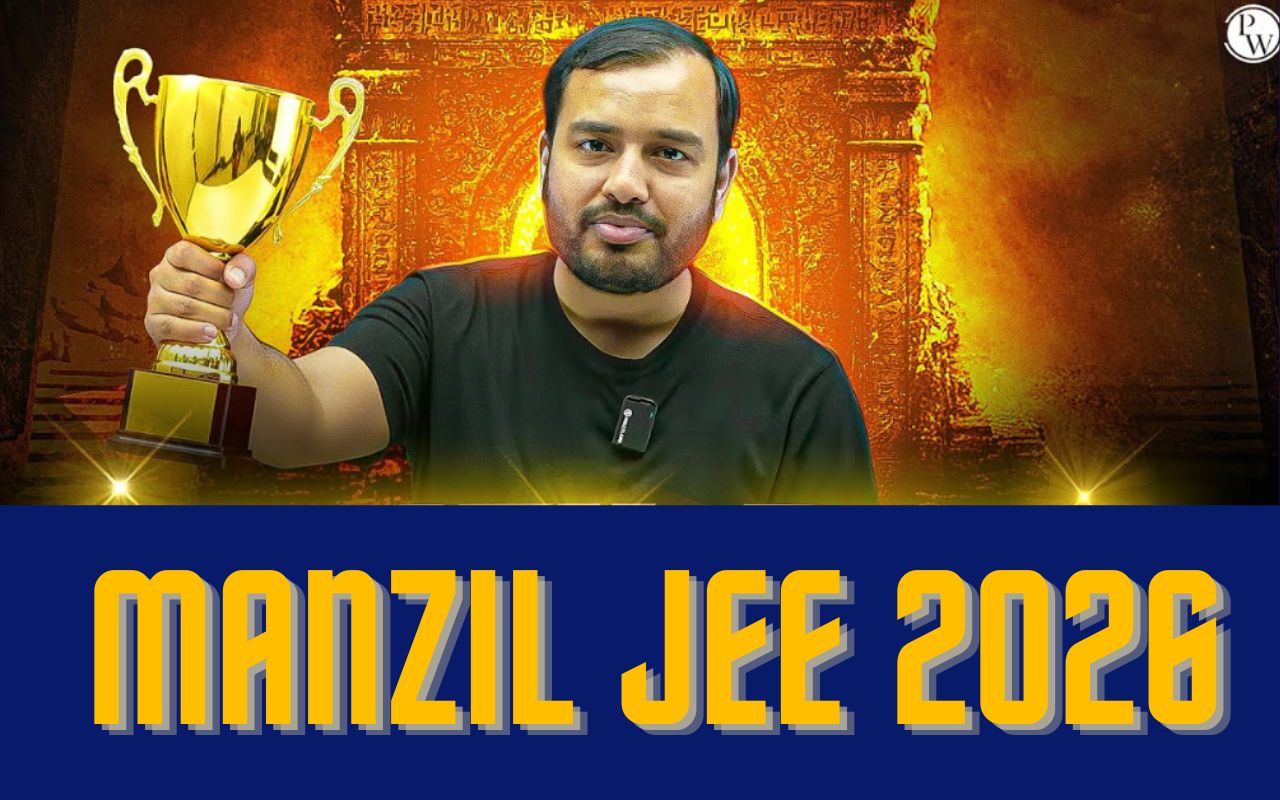

What Is Collision : Collision is an isolated event in which a strong force acts between two or more bodies for a short time, which results in change in their velocities. In a collision, a relatively large force acts on each colliding particle for a relatively short time. The basic idea of a ‘collision’ is that the motion of the colliding particles (or of at least one of them) changes rather abruptly and that we can make a relatively clean separation of times that are ‘before the collision’ and those that are ‘after the collision’.
(i) It is not necessary that a physical contact takes place in a collision, e.g., when an alpha particle (He) ‘collides’ with the nucleus of gold (‘Au’), the force acting between them being repulsive—the particles may not touch, even then it may be called a ‘collision’.
(ii) When a space probe approaches a large planet, swings around it, and then continues its course with increased speed (a slingshot encounter), that too is a collision. The probe and planet do not actually “touch”, but a collision does not require contact, and a collision force does not have to be a force of contact; it can just as easily be a gravitational force, as in this case. The collision is, in fact, a redistribution of total momentum of the particles. Thus, law of conservation of linear momentum is indispensable in dealing with the phenomenon of collision between particles.
The collision is, in fact, a redistribution of total momentum of the particles. Thus, law of conservation of linear momentum is indispensable in dealing with the phenomenon of collision between particles.
Important Line of Impact :
The line passing through the common normal to the surfaces in contact during the impact is called line of impact. The force during collision acts along this line on both the bodies. Direction of line of impact can be determined by.
(i) geometry of colliding objects such as spheres, discs, ‘wedge, etc.
(ii) direction of change of momentum. If one particle is stationary before collision, then the line of impact will be along its motion after collision.
Classification of Collisions :
(a)On the Basis of Line of Impact
- Head-on collision : The velocities of the particles are along the same line before and after the collision.
- Oblique collision: The velocities of the particles are along different lines before and after the collision.
(b)On the Basis of Energy
- Elastic collision : In an elastic collision, the particles regain their shape and size completely after collision. That is, no fraction of mechanical energy remains stored as deformation potential energy in the bodies. Thus, kinetic energy of a system after collision is equal to kinetic energy of a system before collision. Thus, in addition to the linear momentum, kinetic energy also remains conserved before and after collision
- Inelastic collision : In an inelastic collision, the particles do not regain their shape and size completely after collision. Some fraction of mechanical energy is retained by the colliding particles in the form of deformation potential energy. Thus, the kinetic energy of the particles no longer remains conserved. However, in the absence of external forces, law of conservation of linear momentum still holds good.
Coefficient of Restitution (e) :
The coefficient of restitution is defined as the ratio of the impulses of recovery and deformation of either body.
The most general expression for coefficient of restitution is
Two smooth balls A and B approach each other such that their centres are moving along the line CD in the absence of external impulsive force. Let the velocities of A and B just before collision be u 1 and u 2 . Respectively, and the velocities of a and B just after collision be v 1 and v 2 , respectively.
Note : e is independent of shape and mass of the object but depends on the material. The coefficient of restitution is constant for two particular objects.
(a) Fore = 1
= Impulse of reformation = Impulse of deformation ⇒ Velocity of separation = Velocity of approach ⇒ Kinetic energy is conserved. = Elastic collision(b) Fore = 0
= Impulse of reformation = 0
= Velocity of separation = 0 = Kinetic energy is not conserved = Perfectly inelastic collision(c) For 0 < e < 1
= Impulse of reformation < Impulse of deformation
= Velocity of separation < Velocity of approach = Kinetic energy is not conserved = Inelastic collisionHead on Elastic Collision :
Let the two balls of masses m 1 and m 2 collide each other elastically with velocities v 1 and v 2 in the directions shown in Fig. Their velocities become v 1 ′ and v 2 ′ after the collision along the same line. Applying conservation of linear momentum, we getHead on Inelastic Collision :
Head on Inelastic Collision : As we have discussed earlier also, in an inelastic collision, the particles do not regain their shape and size completely after collision. Some fraction of mechanical energy is retained by the colliding particles in the form of deformation potential energy. Thus, the kinetic energy of the particles no longer remains conserved. However, in the absence of external forces, law of conservation of linear momentum still holds good.
Collision Examples
1. If a ball strikes with a velocity u 1 at the wall which itself is approaching it with a velocity u 2 , then find the velocity of the ball after collision with the wall.
Sol. As the wall is heavy so after collision it will continue to move with the same velocity u 2 . Relative velocity of separation is equal to relative velocity of approach. Hence,
In case of perfectly elastic collision, e = 1.
– ive sign indicates backward direction.
2. A ball of mass m hits the floor with velocity do making an angle of incidence α with the normal. The coefficient of restitution is e. Find the speed of the reflected ball and the angle of reflection of the ball.
Sol. The component of velocity v 0 along common tangent direction v 0 sin α will remain unchanged. Let v be the component along common norma, direction after collision. Applying relative speed of separation = e × (relative speed of approach along common normal direction, we get)
v = ev 0 cos α
Thus, after collision, components of velocity v ’ are v 0 sin α and ev 0 cos α ∴Note : For elastic collision, e = 1
∴ v ’ v 0 and β = α


